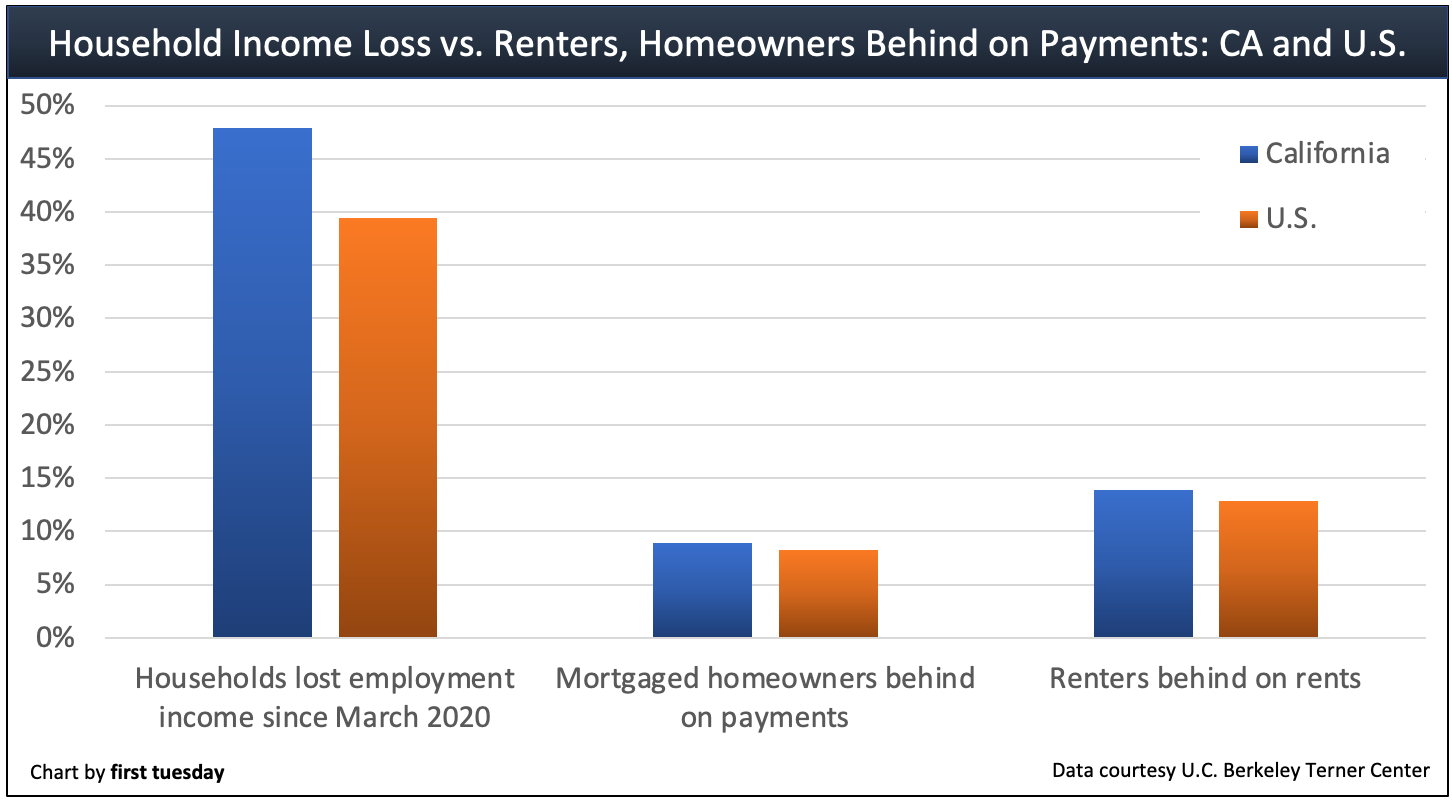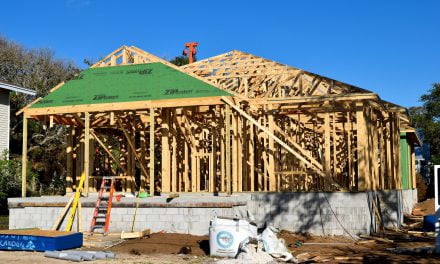Which tier of home pricing will be most affected by the expanding income inequality between the wealthiest and the poorest in California?
- Mid tier. (47%, 47 Votes)
- Low tier. (40%, 40 Votes)
- High tier. (13%, 13 Votes)
Total Voters: 100
The 2020 recession is impacting different income classes in divergent ways, leading some to label the current recession and recovery as K-shaped.
Like the name suggests, a K-shaped recovery sees the economic recession and recovery impacting different segments of the economy, well, differently.
One example is seen in the commercial real estate market: Class A office space is expected to recover quickly while less quality office space and retail centers that serve low-income populations will continue to lose value as businesses close. That’s because low-income households have experienced more job losses than high-income individuals, who are more likely to be able to work (and shop) from home.
Another example of how this is playing out is in the markets: the stock market initially bounced back quickly following the crash of February and March 2020, but the employment recovery from March’s historic job losses is occurring at a protracted pace. This positions individuals whose wealth is in the stock market to continue to profit, while those who need employment income to survive are left on unstable ground.
What “K” looks like in California
While California jobs are 9.5% below a year earlier as of August 2020, a whopping 47.9% of California household have lost some amount of employment income since March 2020, according to U.C. Berkeley’s Terner Center for Housing innovation. These households have either seen their hours or pay reduced or lost their jobs entirely.
For reference, a greater number of Californians are in financial straits than the national average.

While job losses have affected homeowners and renters alike, a greater share of renters are behind on their housing payments. This dynamic holds true here in California, but missed payments are more common for both renters and homeowners in our state than the national average.
In California, 13.9% of renter households are behind on rent, compared to 8.9% of mortgaged households behind on their mortgages. Further, 20.7% of all households are not confident they will be able to make next month’s housing payments.
Many of the job losses have occurred in lower-paying industries often occupied by renters, including retail and hospitality. Further, California renters regularly spend half or more of their income on housing payments. Since they are already operating so close to their margins, any lost income can be catastrophic to their balance sheets — integral to saving up for a home.
When the eviction moratorium ends broadly at the end of 2020 and on January 31, 2021 for California renters impacted by COVID-19, renters and homeowners who are behind on their payments will face a dire reality. When they are unable to pay back months of missed housing payments, they will be forced to move in with friends or family.
The only solution will be a jobs recovery. At the current pace of recovery, this won’t occur for years. However, another government stimulus program would give private businesses the short-term capital needed to survive and keep workers on their payrolls. Federal infrastructure projects similar to FDR’s New Deal also have the potential to employ millions of unemployed workers across the U.S.
Otherwise, expect the jobs recovery — and the real estate losses — to stretch on, hitting low- and mid-income households the hardest.















Sounds totally mesmerising. I wonder if I could submit a few questions?
There appears to be a lot of misunderstanding about income inequality. Increasing income inequality does not necessarily mean that incomes for lower and middle income earners are declining. It may only mean that the top 1% are earning much more and other incomes are not increasing by the same percentage.
We should be thankful for the rich. They pay the 90% of the state and federal income taxes that fund all the social programs including housing subsidies.
Income ineqyuality is the the result of EDUCATION. Families whould be responsible for educating their childresn so they are prepared to compete in the market place, do not expect the schools to do everything. It is parenting responsability.